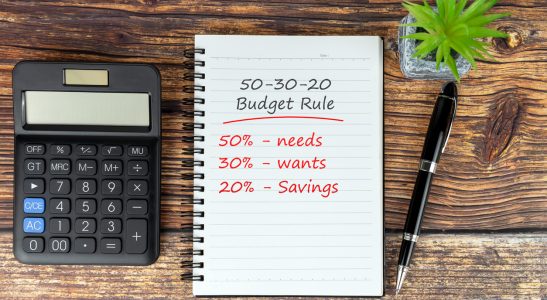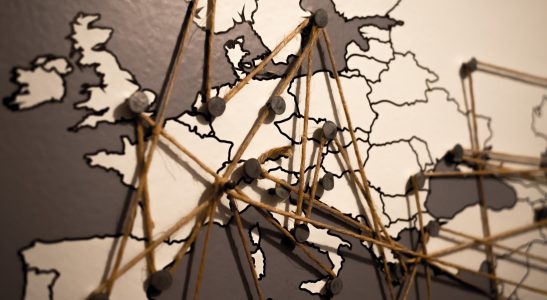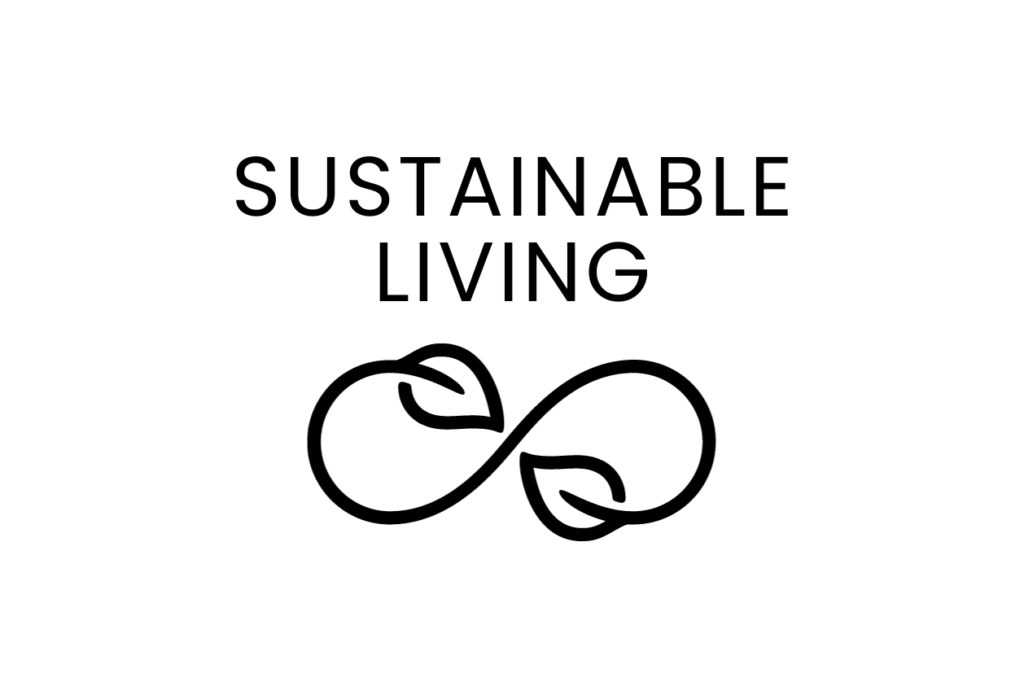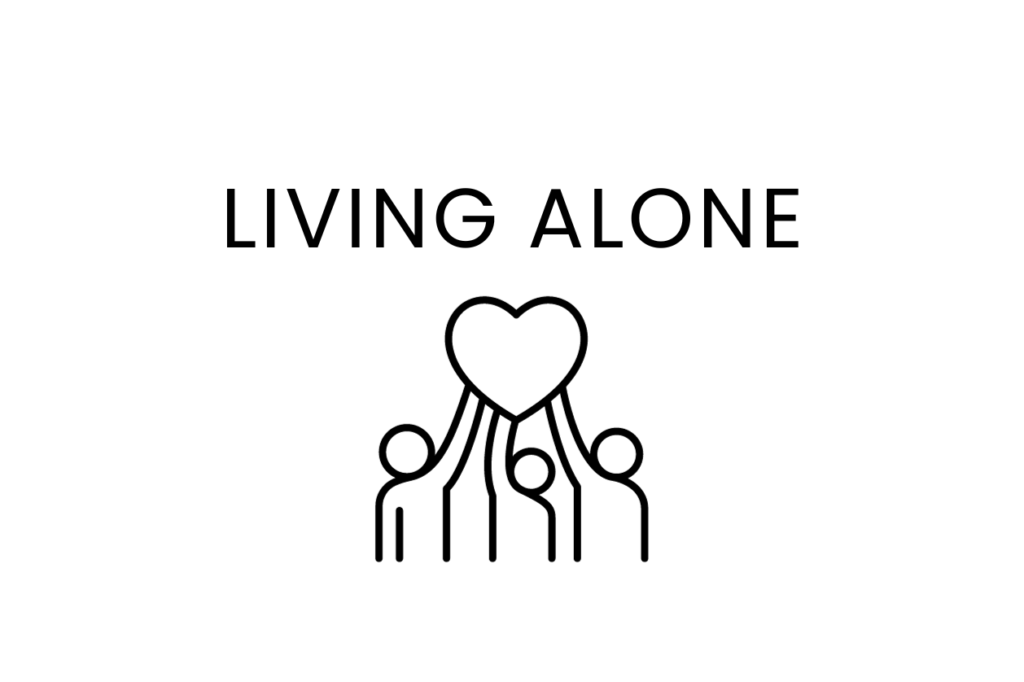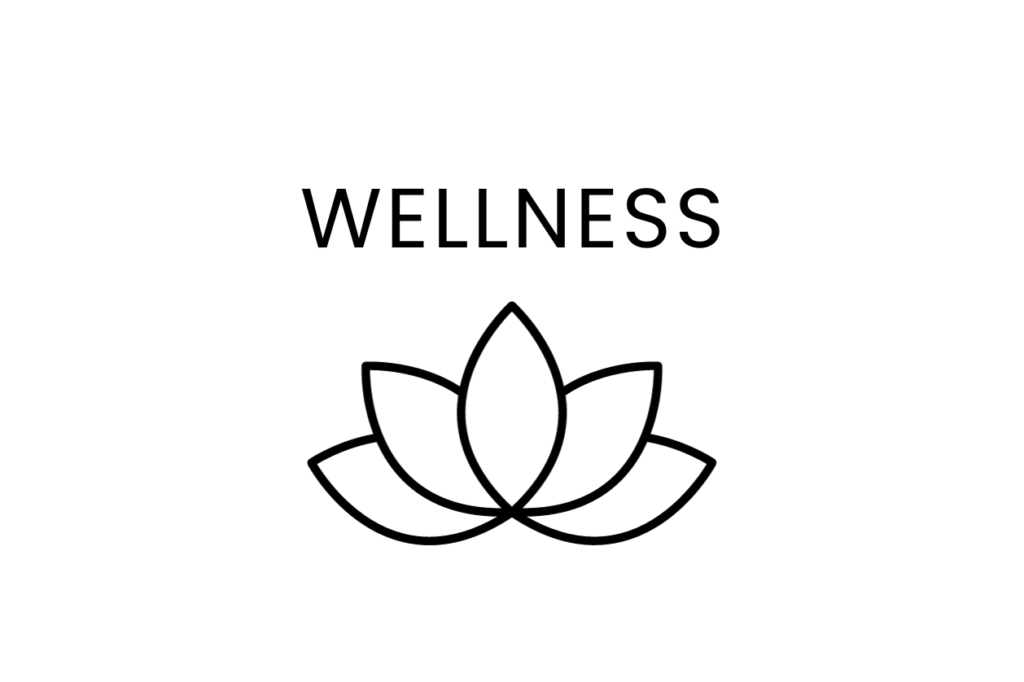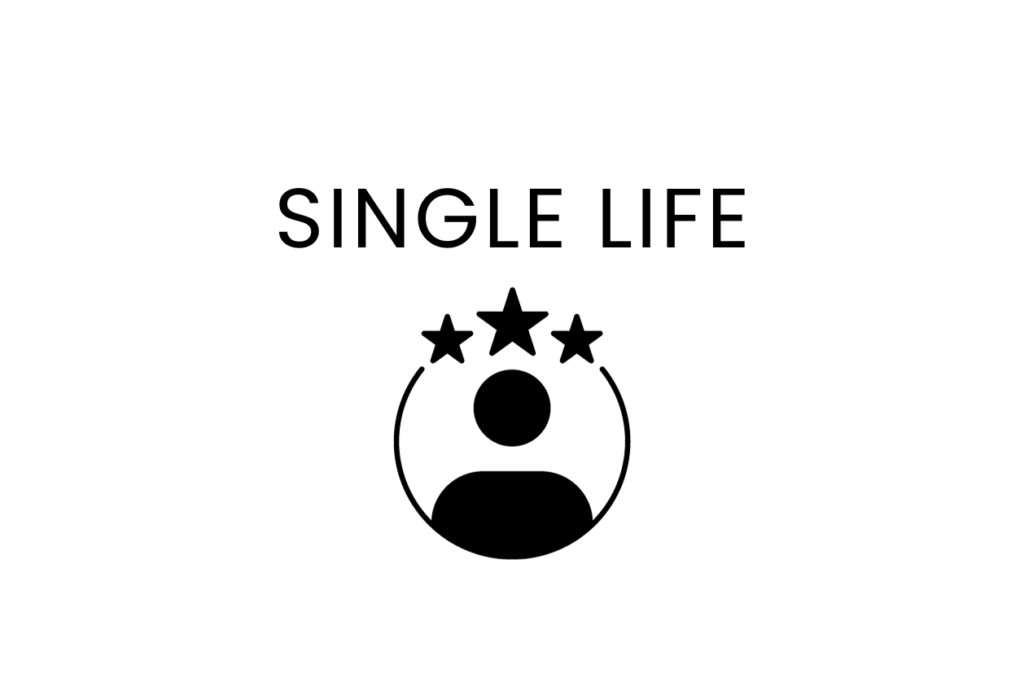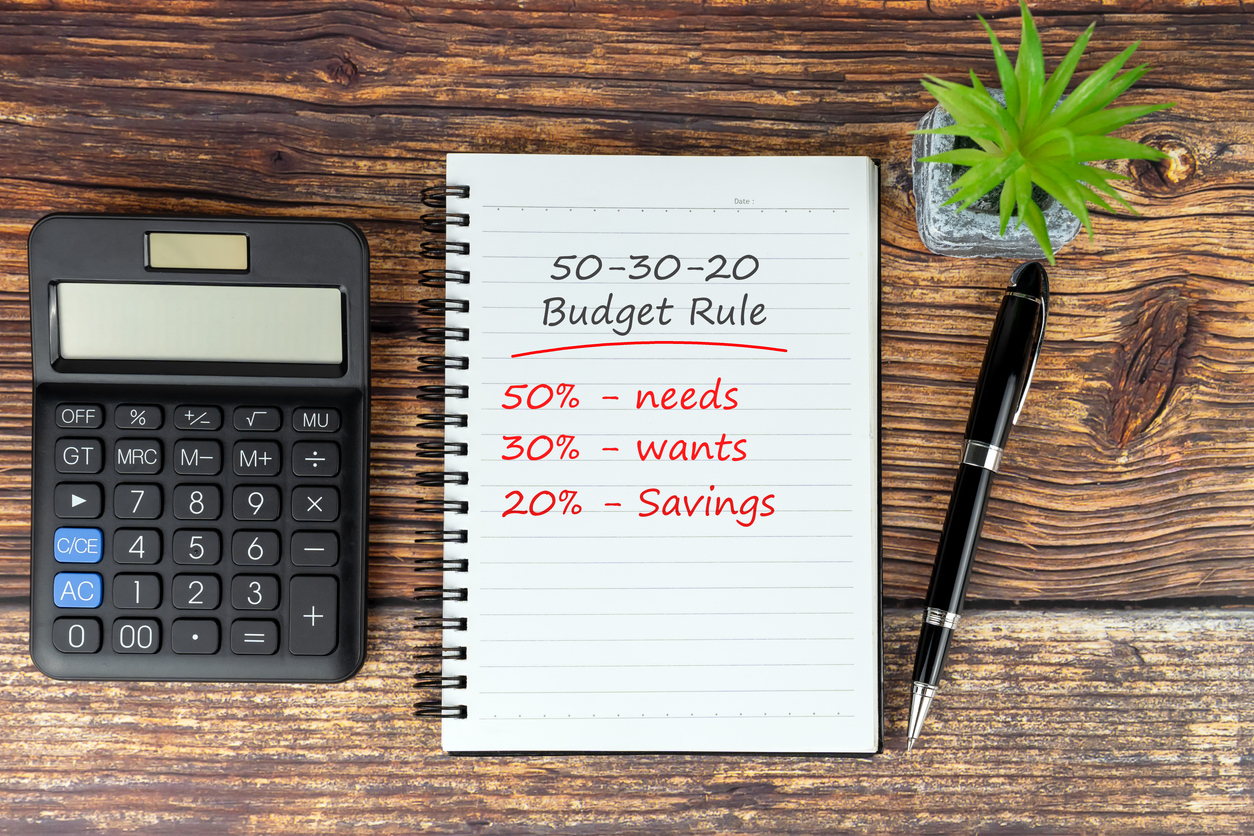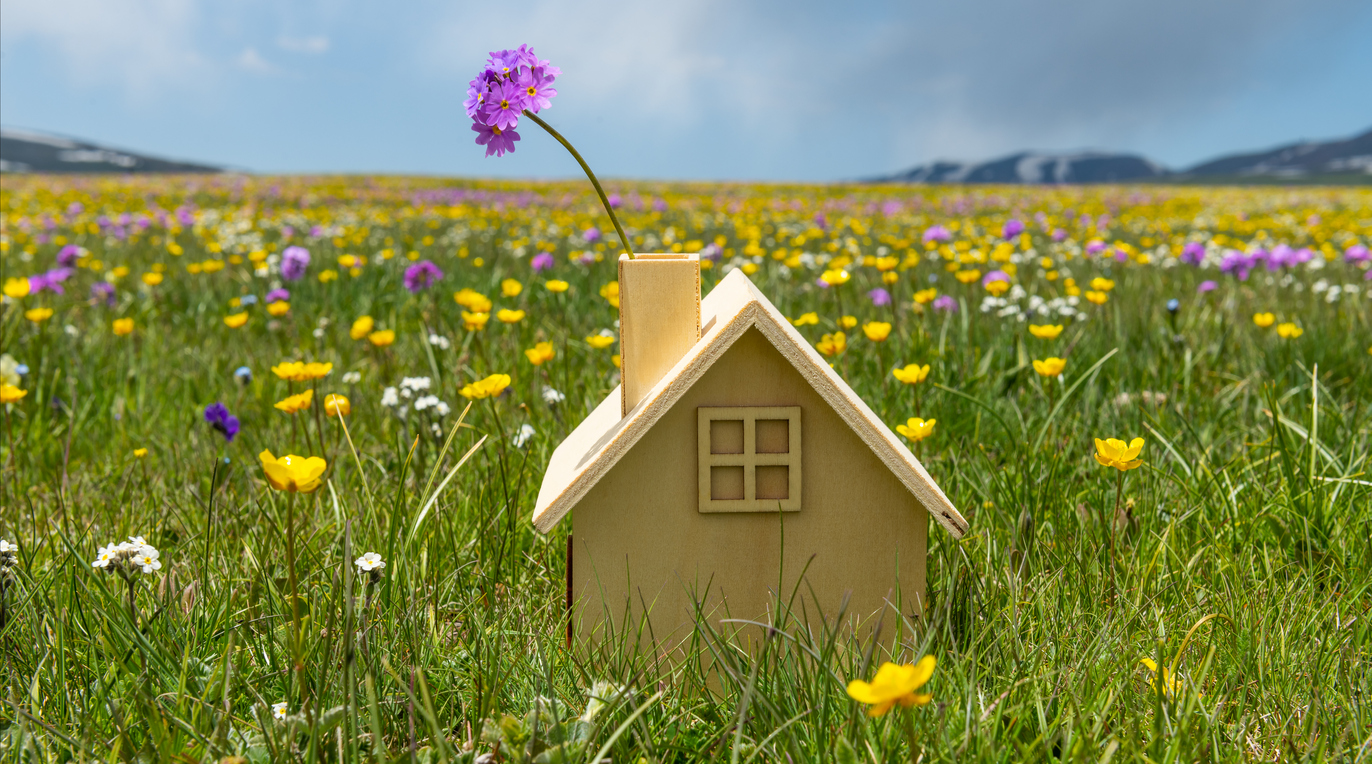The three pillars of sustainability are the environment, economy, and social justice.
- The first pillar is the environment. This involves taking steps to reduce our environmental impact and prevent climate change. This includes using renewable energy sources like solar and wind instead of fossil fuels, reducing waste through recycling or reusing resources, and conserving natural habitats and biodiversity in order to protect wildlife populations.
- The second pillar is the economy, which involves creating and maintaining a healthy economic system providing jobs and resources for citizens. Responsible economic development strategies can include investing in green technology, supporting local businesses to create job opportunities, and incentivizing businesses to produce goods sustainably.
- The third pillar of sustainability is social justice. This involves creating equitable policies that promote diversity, inclusion and equal access to resources. Examples include providing education and healthcare for all citizens, supporting fair labor practices in the workplace, and investing in programs targeted towards marginalized communities. It also involves advocating for social change through activism or lobbying efforts that push for more sustainable legislation.
By understanding these three pillars of sustainability, we can start making changes today to create a more sustainable future. By taking the necessary steps to reduce our environmental impact, support responsible economic development, and promote social justice, we can ensure a healthier planet for generations to come.



